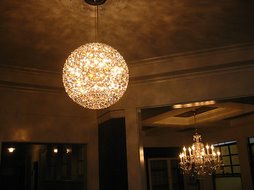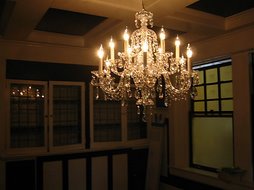skip to main |
skip to sidebar

Expert wireman on call in the 415.


If you want to get something done, get a busy person to do it.

Swarovski Crystal

Staircase as Stage

Strategies: deep color sconce

Festival
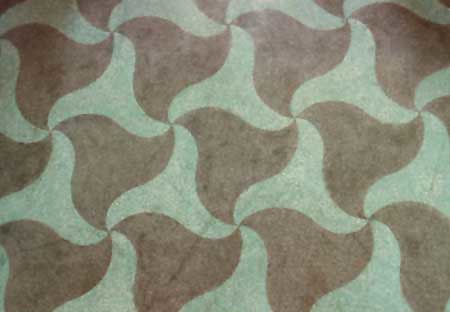
Cole Valley
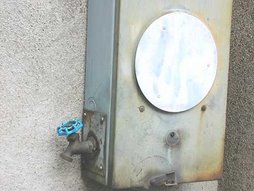
Water & Electricity!

Silhouette Lighting

Potrero Hill

Mill Valley Layout

utility

Lighting Strategies

Country Kitchen

Lighting Strategies

Lighting Strategies

Nice Colors
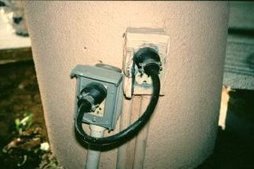
From here to there... but what if you unplug it?

Restaurant Electrical

Flickr!
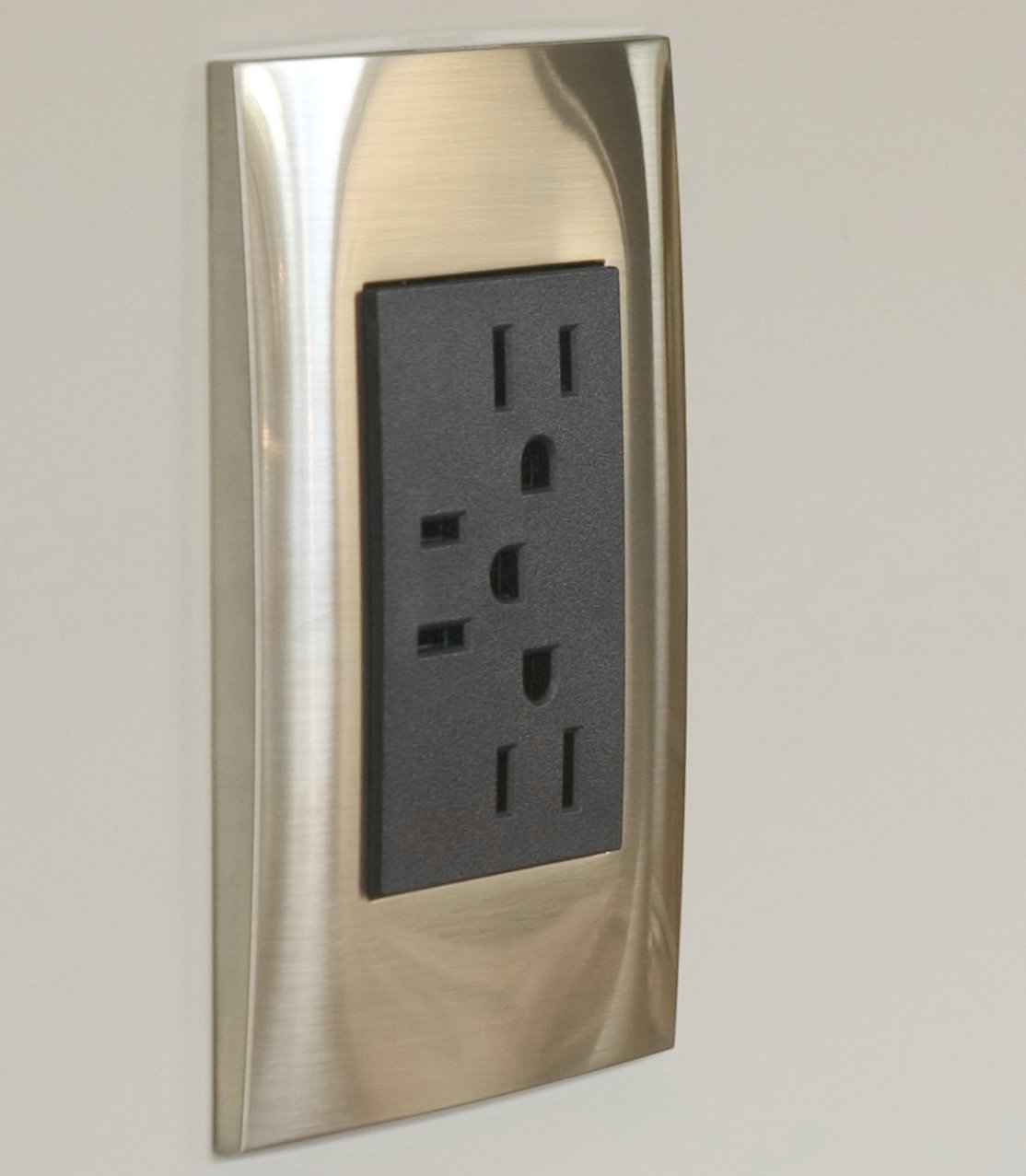
Custom Electricians


Lighting Strategies


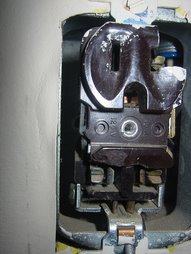
Power for the Future
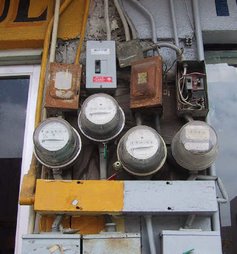
meter base
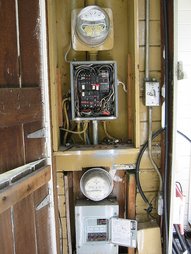
Before

277V DC!
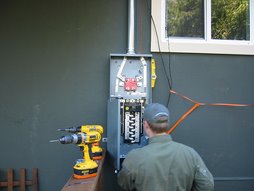
New Electrical Meter 200 Amp
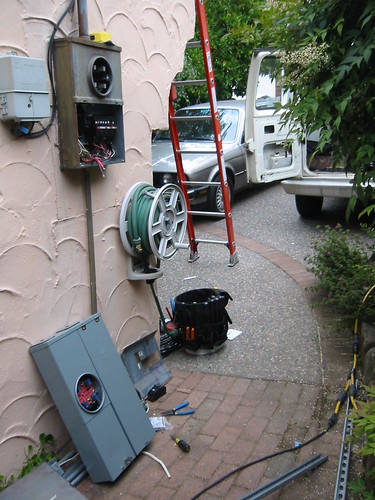
New Meter

Aiphone Intercom and Camera Systems

uuuooou!

Pyramid Desktop Data Center
Professional Work... Quick Response! On Call in San Francisco and Marin County California C10 Licensed Electrical Contractor 746447
startzeit
back to brilliance.net
Access Control & Security
useful links
- FAQ
- Menu / Typical Prices
- Nema 14-50s
- Kontrol!
- FP Panels
- Helping your electrician help you
- swapping out 2prong outlets
- Light bulb longevity
- Gradual Stiffening
- Extension cords no substitute for premise wiring
- Radiant Control Wiring
- We cure nest issues
- the truly efficient laborer
- work ethic
- repair safety / theory
- inspection basics
- some videos
- SRVR
Kontaktperson
“In the beginner’s mind there are many possibilities, in the expert’s mind there are few."

Expert wireman on call in the 415.
Useful Links
Magic of the City
BTC disc

Belvedere 94920

If you want to get something done, get a busy person to do it.
Los Altos Hills 94022

Swarovski Crystal
Los Altos

Staircase as Stage
Pacific Heights

Strategies: deep color sconce
Larkspur 94939

Festival
Pattern Language

Cole Valley
Castro 94114

Water & Electricity!
Forest Knolls 94933

Silhouette Lighting
Clouds

Potrero Hill
Accent Lighting

Mill Valley Layout
Russian Hill

utility
Union Square

Lighting Strategies
Noe Valley

Country Kitchen
Fairfax 94933

Lighting Strategies
Terra Linda 94903

Lighting Strategies
Cow Hollow 94123

Nice Colors
Commercial 94105

From here to there... but what if you unplug it?
TenderNob 94109

Restaurant Electrical
Hayes Valley 94102

Flickr!
Potrero Hill 94107

Custom Electricians
Ross

Tiburon

Lighting Strategies
North Beach 94933


Inner Richmond 94118

Power for the Future
Glen Park 94131

meter base
barbary coast 94111

Before
Chinatown 94114

277V DC!
inner sunset 94122

New Electrical Meter 200 Amp
Cole Valley 94117

New Meter
Mission District 94110

Aiphone Intercom and Camera Systems
Pacific Heights 94115

uuuooou!
Financial District 94104

Pyramid Desktop Data Center



